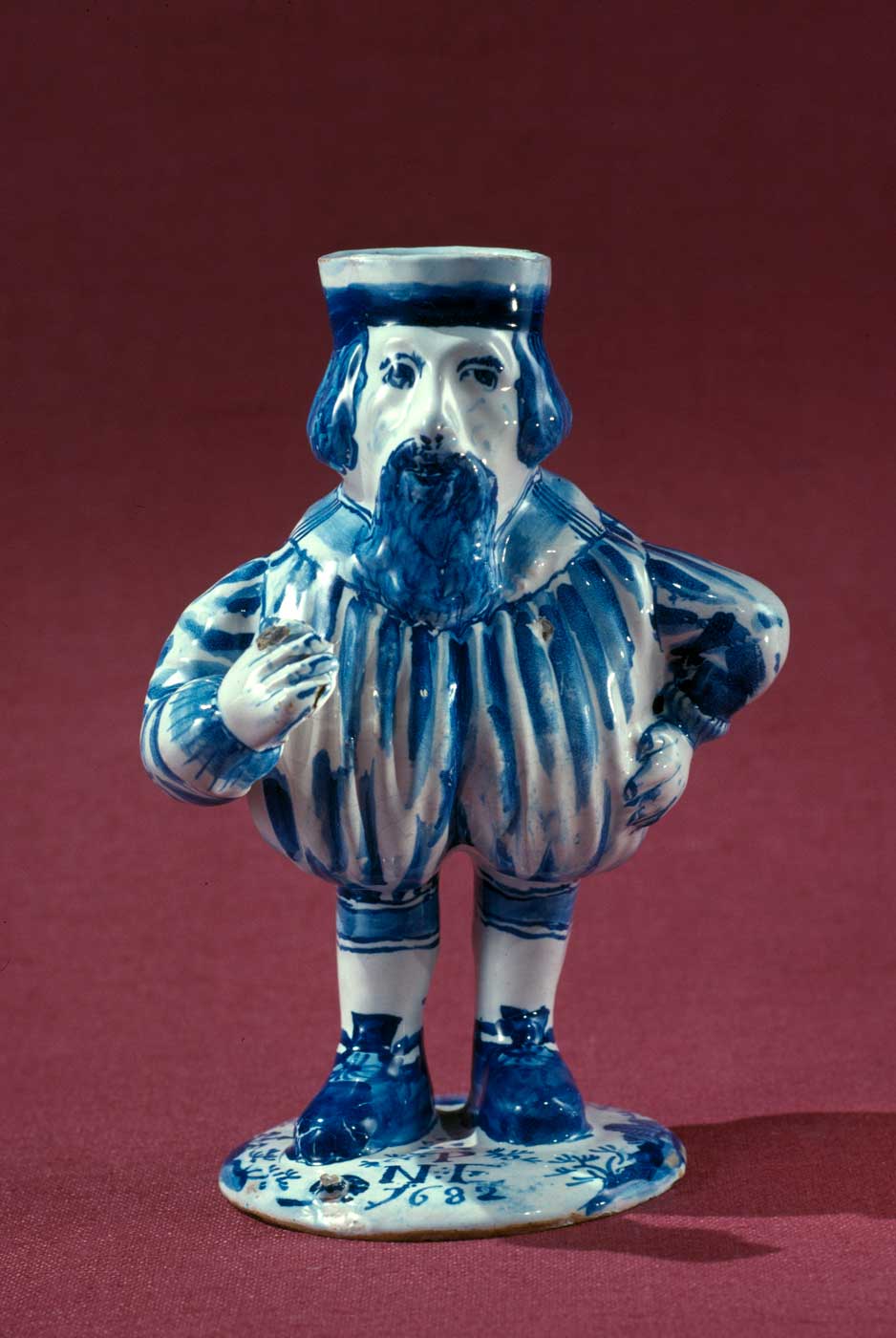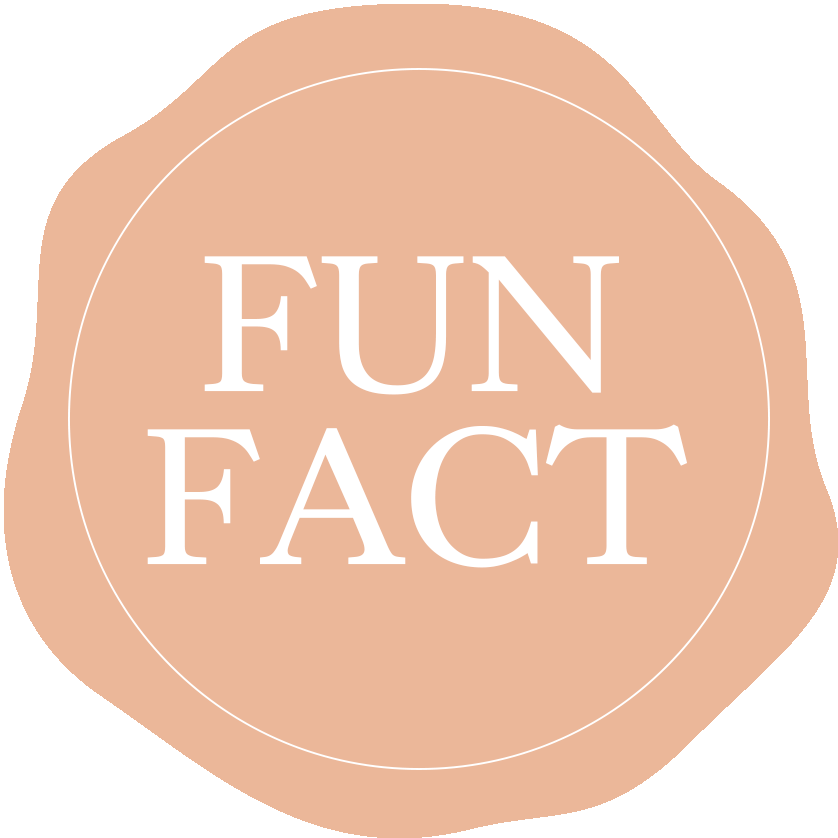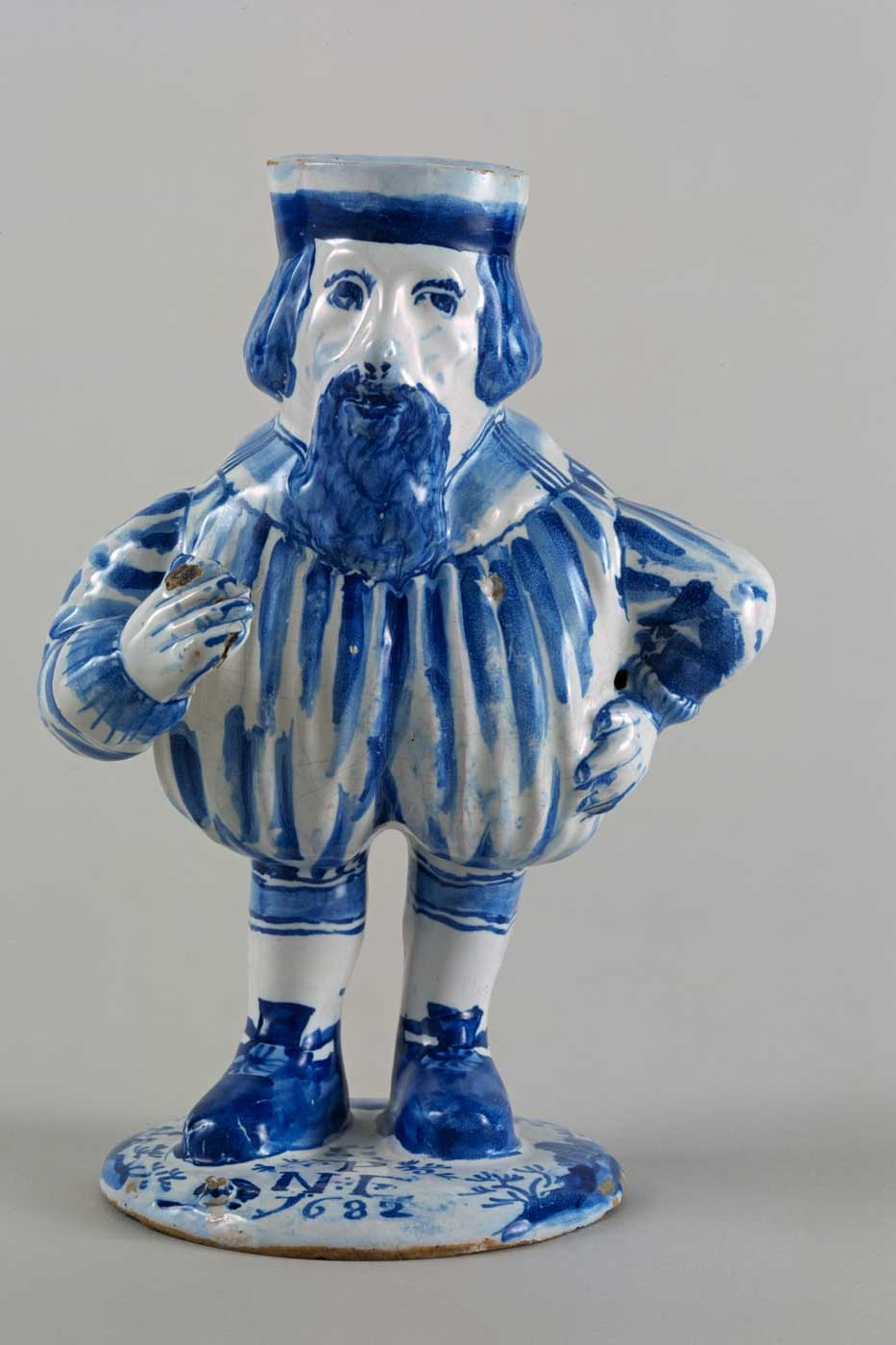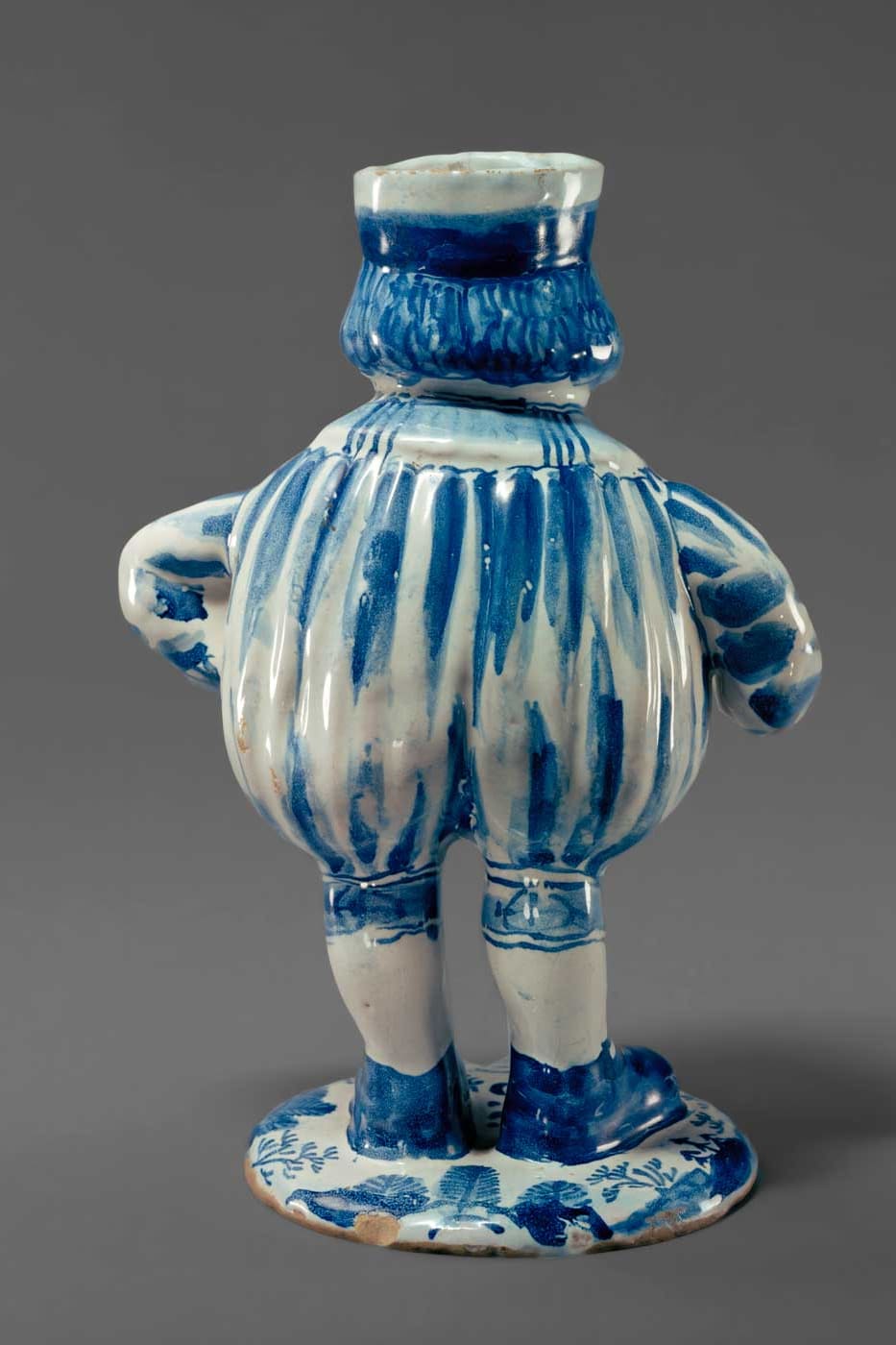Click your mouse over the image to get a closer look:


What is This?
A container shaped like the figure of a man
What is this made of?
Ceramic-tin glazed earthenware also called Delft
When was this made?
1682, he’s dated!
Where was this made?
London, England

Mr. Nobody is a container for holding the owner’s favorite beverage. What drink would you keep inside?
Think about It
Dated 1682, this now rare tin-glazed earthenware figure of Mr. No-Body would have been as easily recognizable in the 17th and 18th centuries as Disney characters are today. He was the star in a popular 17th-century play entitled “No-Body and Some-body.”


Imagine
Mr. No-Body was just that -- a man without a torso or “body.” Picture YOURSELF without a torso. How would you look? How would you feel?

